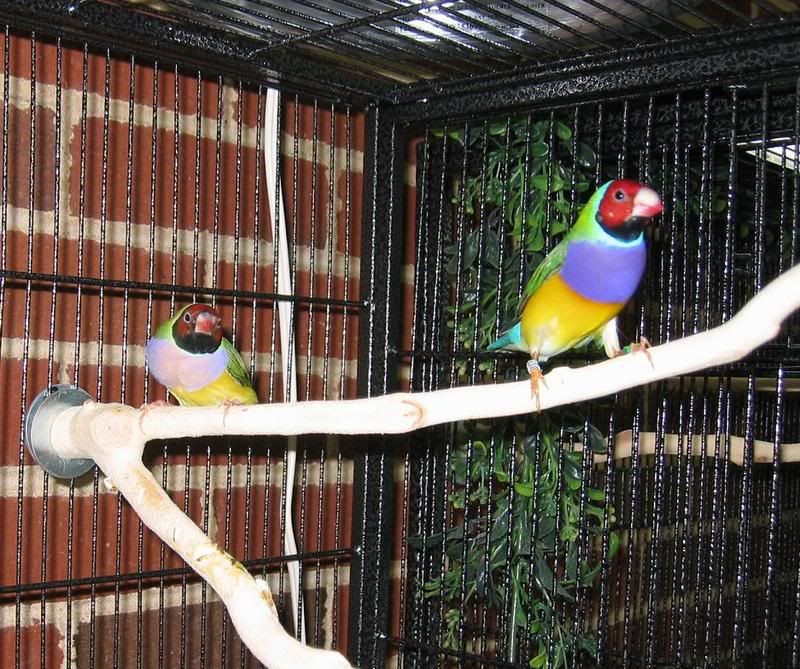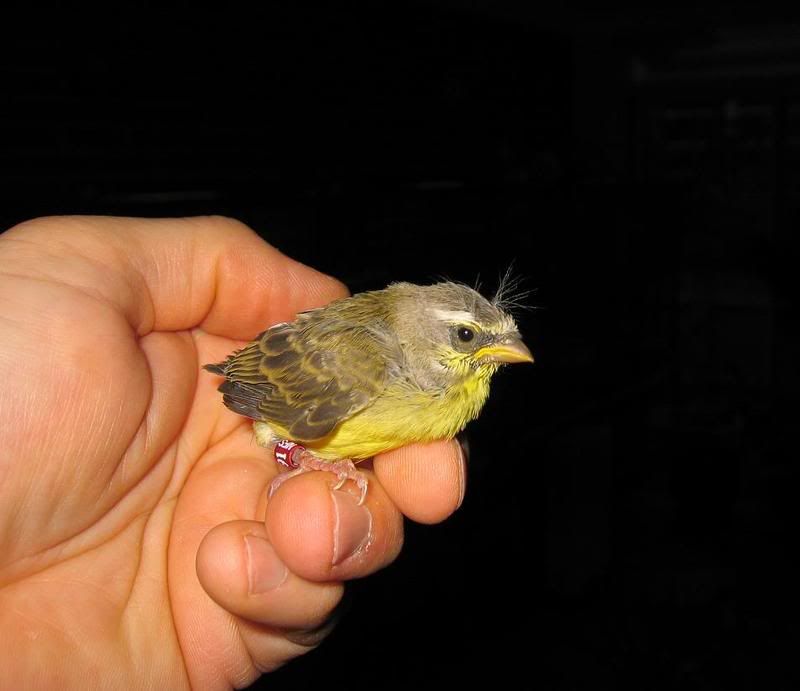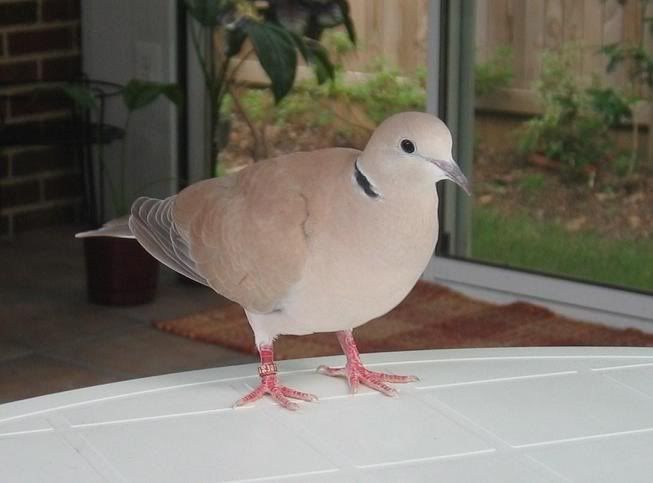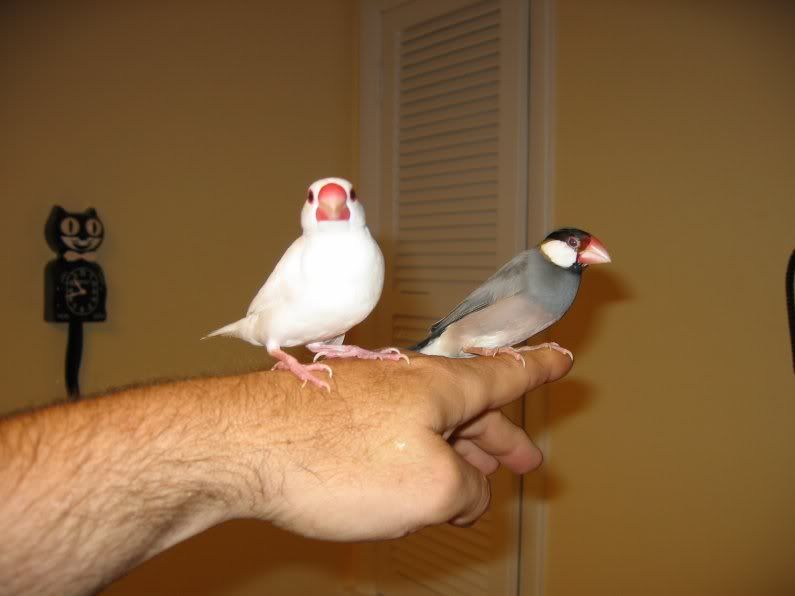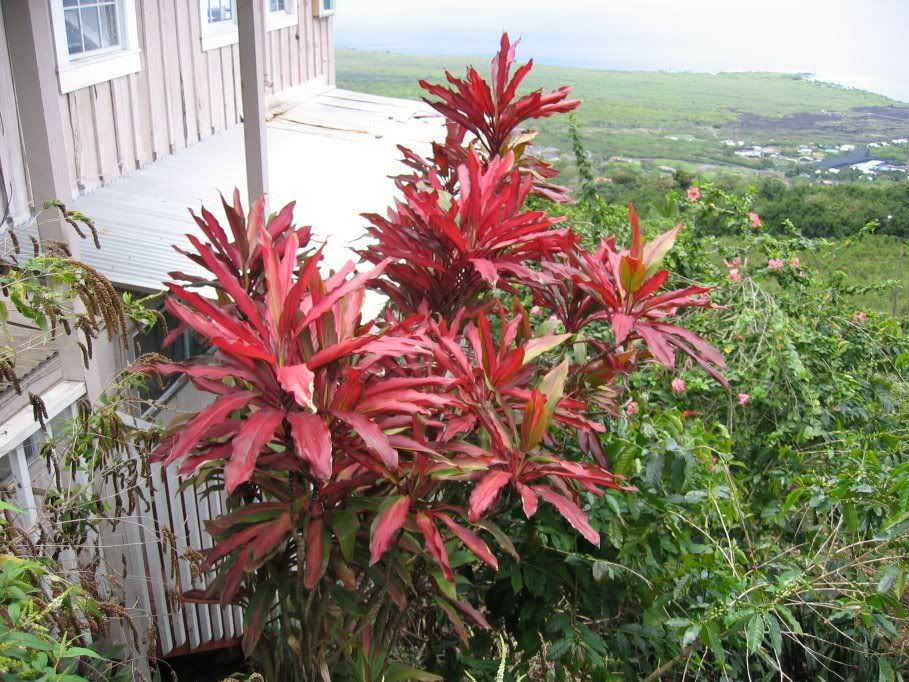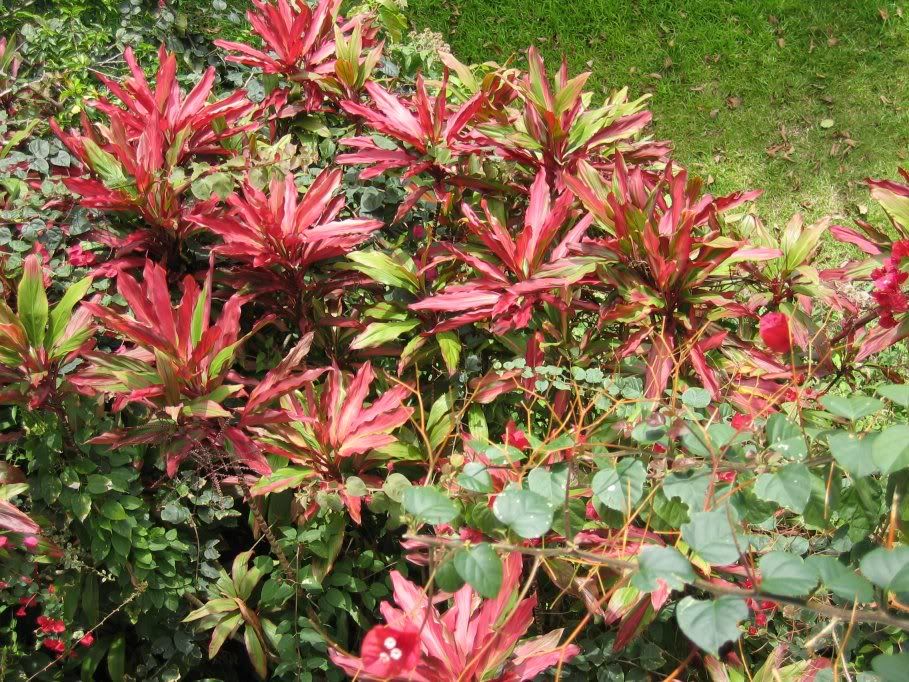RonDEZone7a
Active Member
- 93
- 02/07/09
- 4
- 28
I've been reading posts about how HOT it's been in Florida. Well, for at least one poster here, HEAT is not the problem. We hit 37'F here in Wilmington, Delaware last night and too close for (my croton's) comfort !!! So everyone came inside yesterday.
My larger crotons are in my sunroom. Unfortunately, there isn't much sun in there until my neighbor's trees, to the south of it, drop their leaves - and that's about a month away. I heat my sunroom but not as warm as the house - both to save $$$ and keep the humidity up. The winter "weather" in there is 60s by day and 50s by night. Crotons handle that just fine, which surprised me initially - I thought they needed more heat - but I wouldn't trust my newly-rooted cuttings at those temperatures.
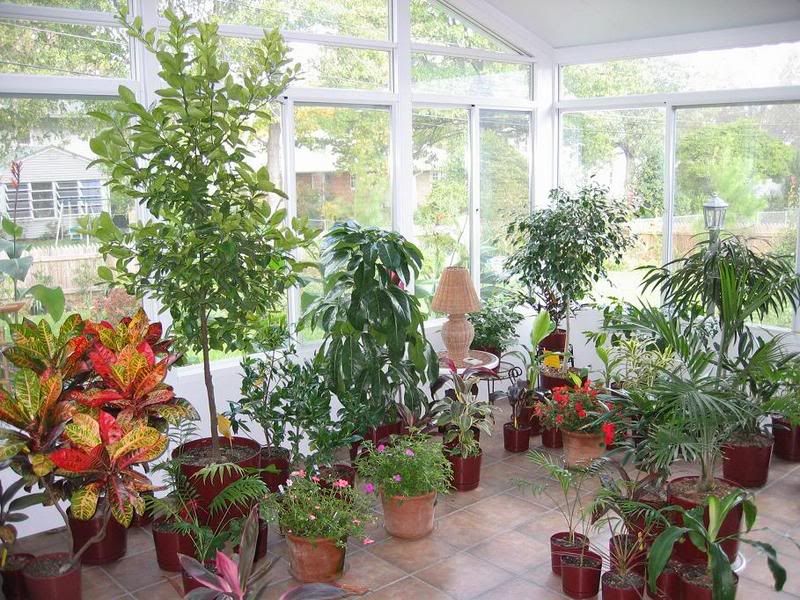
So for my smaller, more newly-rooted crotons, they go in my warmer basement under lights - here they are - not perfect conditions - a little dryer than ideal but my basement is a little on cool / damp side so it works out. The grow lights are right over the tables and on timers for 12 - 13 hours a day - there is also some natural sun and light from the basement windows.
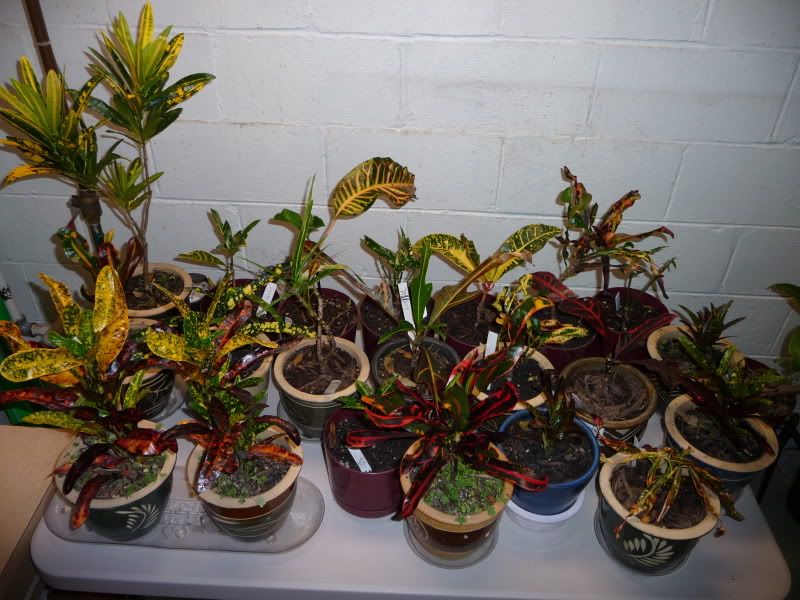
This table includes some cordylines...
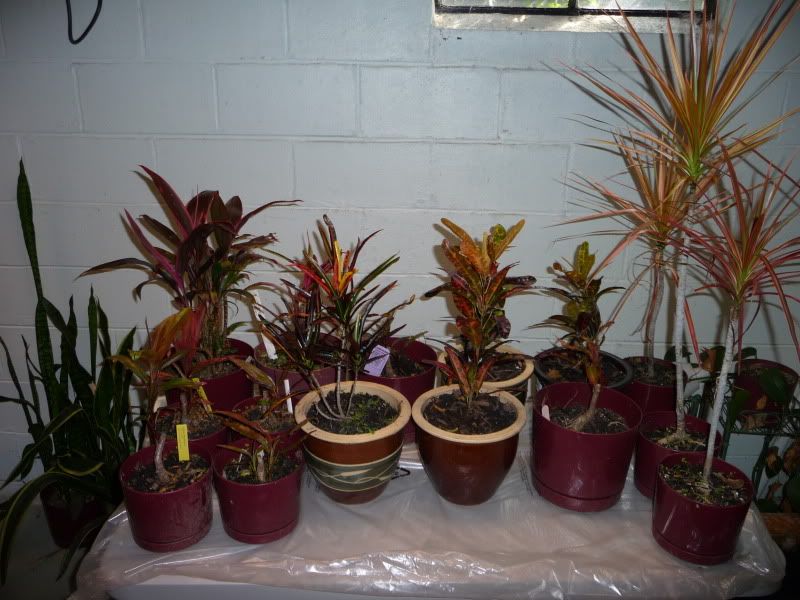
Thanks to Lee in Tampa (who sent me many cuttings last summer) and a few purchases on eBay, my croton collection is now quite respectable... for Delaware anyway!
Petra (or is it Norma? - see the Petra post...)
Andreanum
Mammey
Red Batik
Dwarf Red Batik
Eleanor Roosevelt
Franklin Roosevelt
Disraeli
Pride of Winterhaven
Coral Showers
Irene Kingsley
John Bender
Thomas Edison
Juliette DeLaRue
Sunny Star
Banana
Mrs Iceton
Rainbow
p.s. my future 2010 acquisitions are (hopefully) a Stoplight and Pinocchio from (the other) Ron... thought clearly I am approaching capacity!
My larger crotons are in my sunroom. Unfortunately, there isn't much sun in there until my neighbor's trees, to the south of it, drop their leaves - and that's about a month away. I heat my sunroom but not as warm as the house - both to save $$$ and keep the humidity up. The winter "weather" in there is 60s by day and 50s by night. Crotons handle that just fine, which surprised me initially - I thought they needed more heat - but I wouldn't trust my newly-rooted cuttings at those temperatures.

So for my smaller, more newly-rooted crotons, they go in my warmer basement under lights - here they are - not perfect conditions - a little dryer than ideal but my basement is a little on cool / damp side so it works out. The grow lights are right over the tables and on timers for 12 - 13 hours a day - there is also some natural sun and light from the basement windows.

This table includes some cordylines...

Thanks to Lee in Tampa (who sent me many cuttings last summer) and a few purchases on eBay, my croton collection is now quite respectable... for Delaware anyway!
Petra (or is it Norma? - see the Petra post...)
Andreanum
Mammey
Red Batik
Dwarf Red Batik
Eleanor Roosevelt
Franklin Roosevelt
Disraeli
Pride of Winterhaven
Coral Showers
Irene Kingsley
John Bender
Thomas Edison
Juliette DeLaRue
Sunny Star
Banana
Mrs Iceton
Rainbow
p.s. my future 2010 acquisitions are (hopefully) a Stoplight and Pinocchio from (the other) Ron... thought clearly I am approaching capacity!

